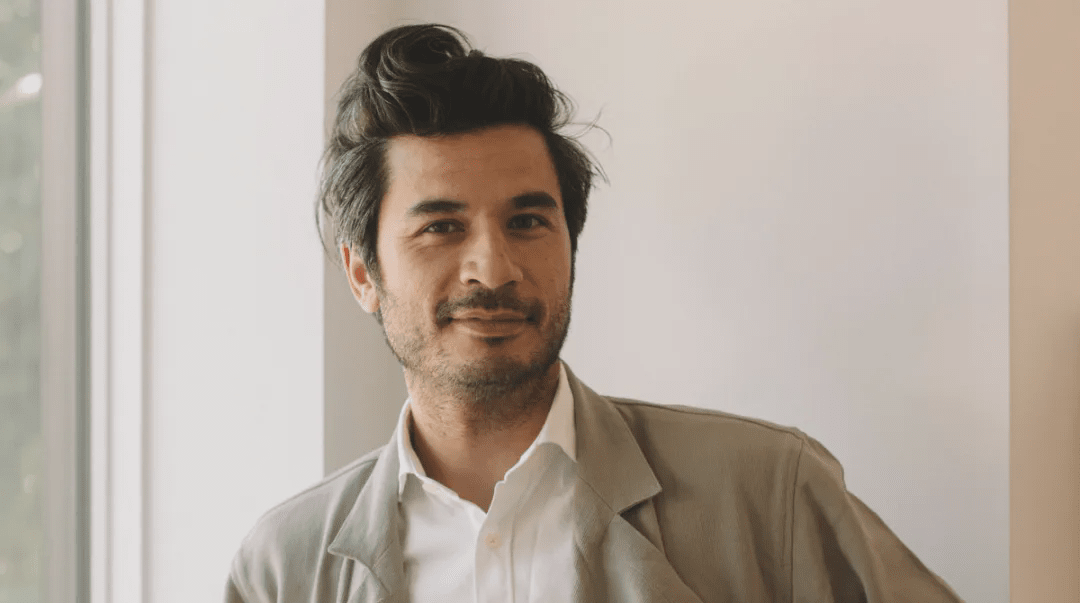
Mitchell F. Chan has long been known for transforming complex systems into engaging works of art. His latest project (Overture) is the first part of the 'Zantar Triptych' series, which is a series of interactive artworks telling a story about the interplay between a fictional game and its digital economy.
Chan's past works, including (Immaterial Painting: Sensuous Digital Domain) and (Summer Boys), explored how digital systems reflect the economic, cultural, and emotional experiences of our real world. (Overture) continues the themes Chan previously explored but incorporates new technologies and a sense of play this time.
In the conversation below, he discusses his views on complexity, accessibility, and community, and how software opens new avenues for artists to explore creativity.
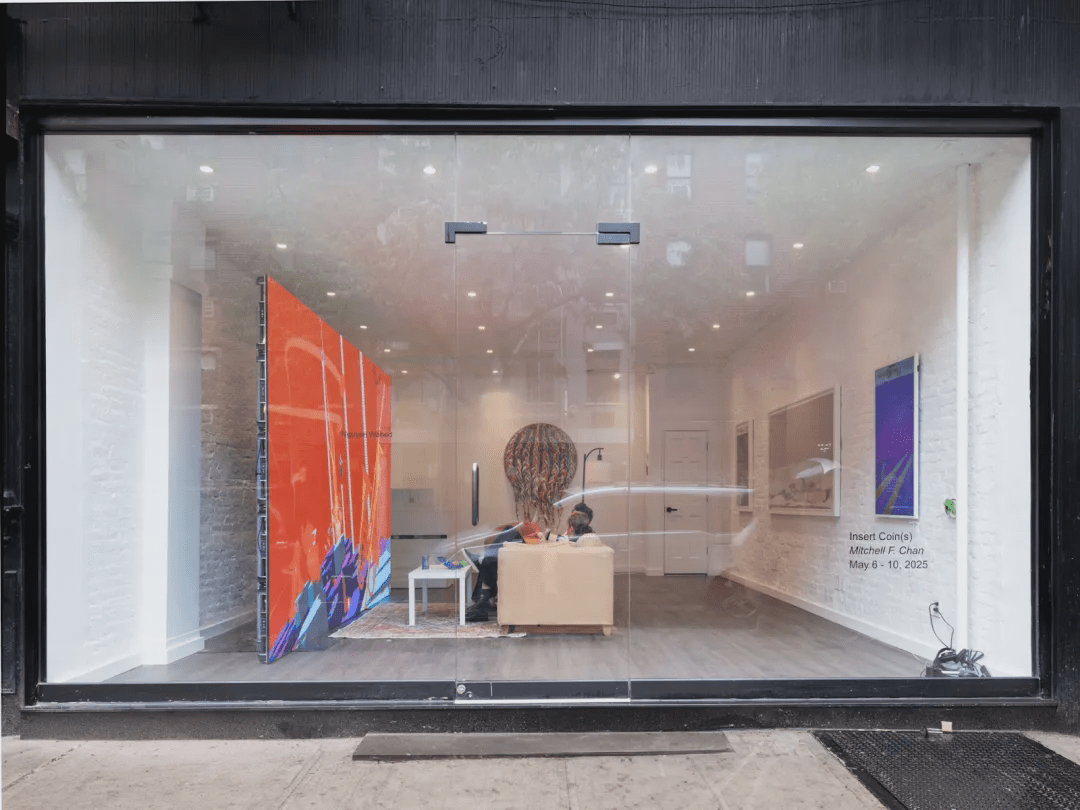
OpenSea: What is the core concept of Overture? How do you think it fits into your broader creative evolution in the field of digital art?
Mitchell F. Chan: In opera, the overture is the opening piece that sets the themes and motifs that the audience will encounter throughout the work.
From a technical perspective, this work is a continuation of the video game art I have worked on over the past few years. I have added many new technical elements, and I think the audio elements may be something people have never encountered before - it is a generative score that remixes each minted track and presents it in spatial audio. From the image perspective, this is also a natural evolution; thematically, I will continue to create art about the economic systems that exist in the real world.
From a narrative perspective, (Overture) is the starting point of a new creative phase.
OpenSea: Reflecting on your works in (Immaterial Painting: Sensuous Digital Domain) and (Summer Boys), do you see an artistic throughline in (Overture), or a departure?
Mitchell F. Chan: Since (Digital Domain), almost all the works I've created have been related to economic systems. (Digital Domain) explored how cryptocurrencies resonate with the financialization systems developed by conceptual artists in the late 1950s and early 1960s, while (Summer Boys) examined how we quantify every aspect of life, turning ourselves into data packets for commodities. Thus, all these projects share a common thread, and this new work also follows that thread.
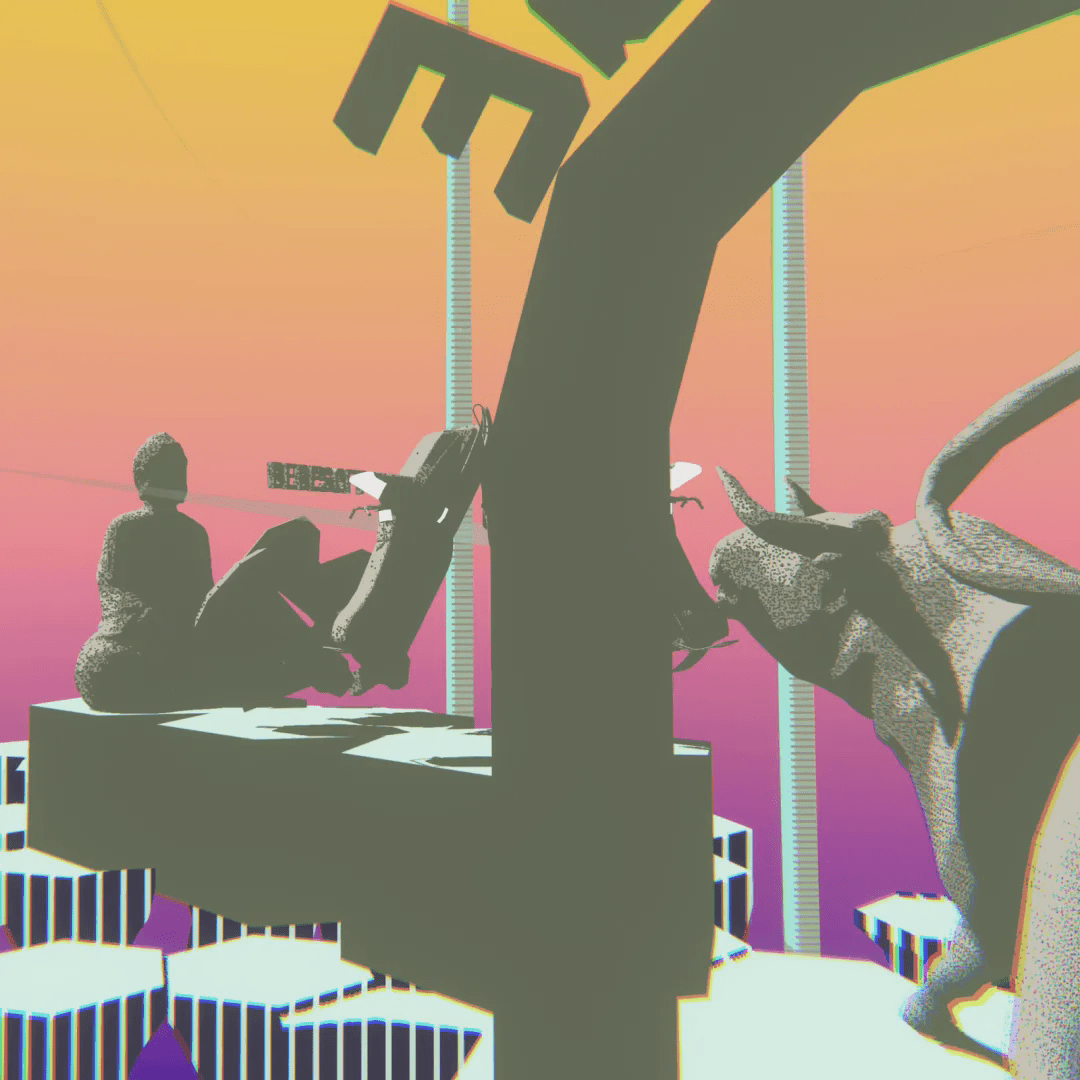
OpenSea: You often incorporate conceptual constraints as part of your artistic creation. What technical choices or constraints shaped Overture?
Mitchell F. Chan: The biggest limitation in my current work is the demands I impose on myself, requiring the work to be presented in as many formats and on as many devices as possible, which is really frustrating! All of my projects are made with WebGL, so they can run on almost any device that can run a web browser.
This limits the types of graphics I can produce, but because all my shaders are designed by me, my work presents a simplified, highly stylized aesthetic that I think is unique, which is why I enjoy this limitation.
OpenSea: What do you hope audiences and collectors feel when they first encounter the artwork?
Mitchell F. Chan: I hope they can laugh out loud and enjoy themselves! Let their guard down and have fun; I will later dig their hearts out...
OpenSea: Your works often reference classical art and contemporary media theory. Are these influences reflected in (Overture)?
Mitchell F. Chan: These elements will gradually appear in works after (Overture); sharp-eyed viewers will notice subtle nods to Michael Snow or realize that my aesthetic is deeply influenced by Canadian artists Alex Colville and Christopher Pratt, elements that are present in (Overture).

OpenSea: You have previously said that your artworks are 'more systems than images.' Can you elaborate on that?
Mitchell F. Chan: Well, I am proud that these artworks are 60 beautiful images generated every second. I love aesthetics and creating aesthetics, but frankly, I believe the era of images as art has basically ended. This is not just because images have become cheap due to their overabundance but also because, by 2025, the ability of images to express complex ideas is quite limited.
I think images are well suited to convey ideas like, you're sad yet brave, or butterflies are beautiful, or memes are trendy. Well, for me, the ideas worth exploring are all about systems: What is the system by which money flows between individuals and corporations? How does this system make some people very rich while others become very poor? What system directs a lot of junk content toward vulnerable crowds and makes them worse?
These are interesting questions, and no matter how smart you are, you can't pose this question with just a picture, let alone answer it with an image.
So, using software, you can create a system, a system similar to the one you are trying to study, and then you can explain some things about it by guiding the audience to experience this system. This is a very cool and exciting thing because only recently, with the proliferation of digital tools, have artists been able to achieve this.
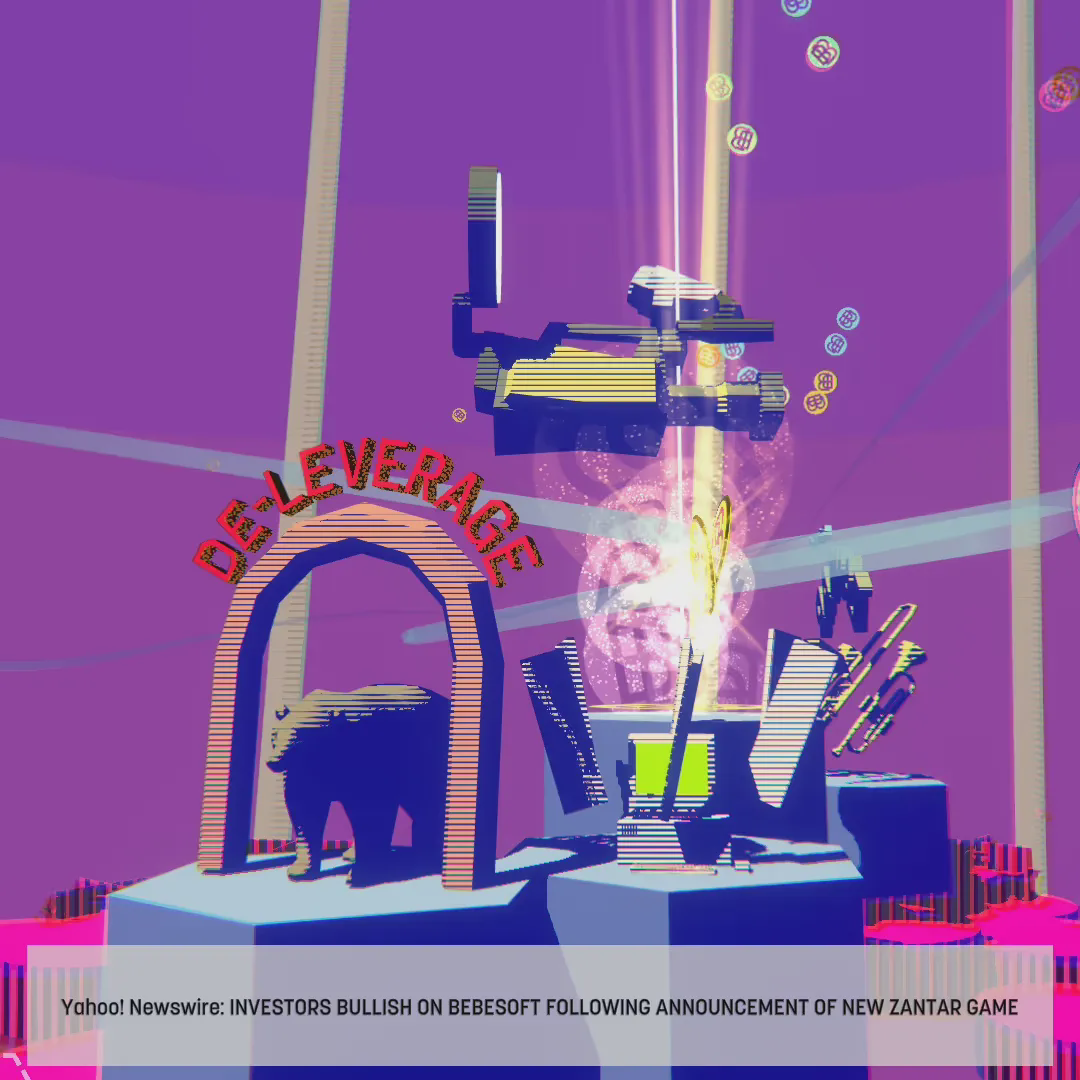
OpenSea: How do you balance readability and complexity in your artworks? Do you consider this when creating new works?
Mitchell F. Chan: I feel everything stems from confidence. Young artists crave recognition and want to be seen as profound, intelligent, and wise, so they push all the complex elements to the most prominent places in their work so that even from afar, everyone can see their work is like a dense thicket of thorns, full of capital 'S' (Serious) and capital 'I' (Ideas). Often they do this because they are fools.
But as artists become more confident in themselves and the audiences they have cultivated over the years, they gradually understand the value of keeping the complexity of the artwork close to the core of the work. They learn to maintain the simplicity of the work so that they can better engage audiences and share the experience of unraveling complexity together over time.
So I tried to do that. I feel that even if my work seems silly at first glance, that's okay; I can accept that, although I used to be quite foolish! It took a lot of time to learn this skill.
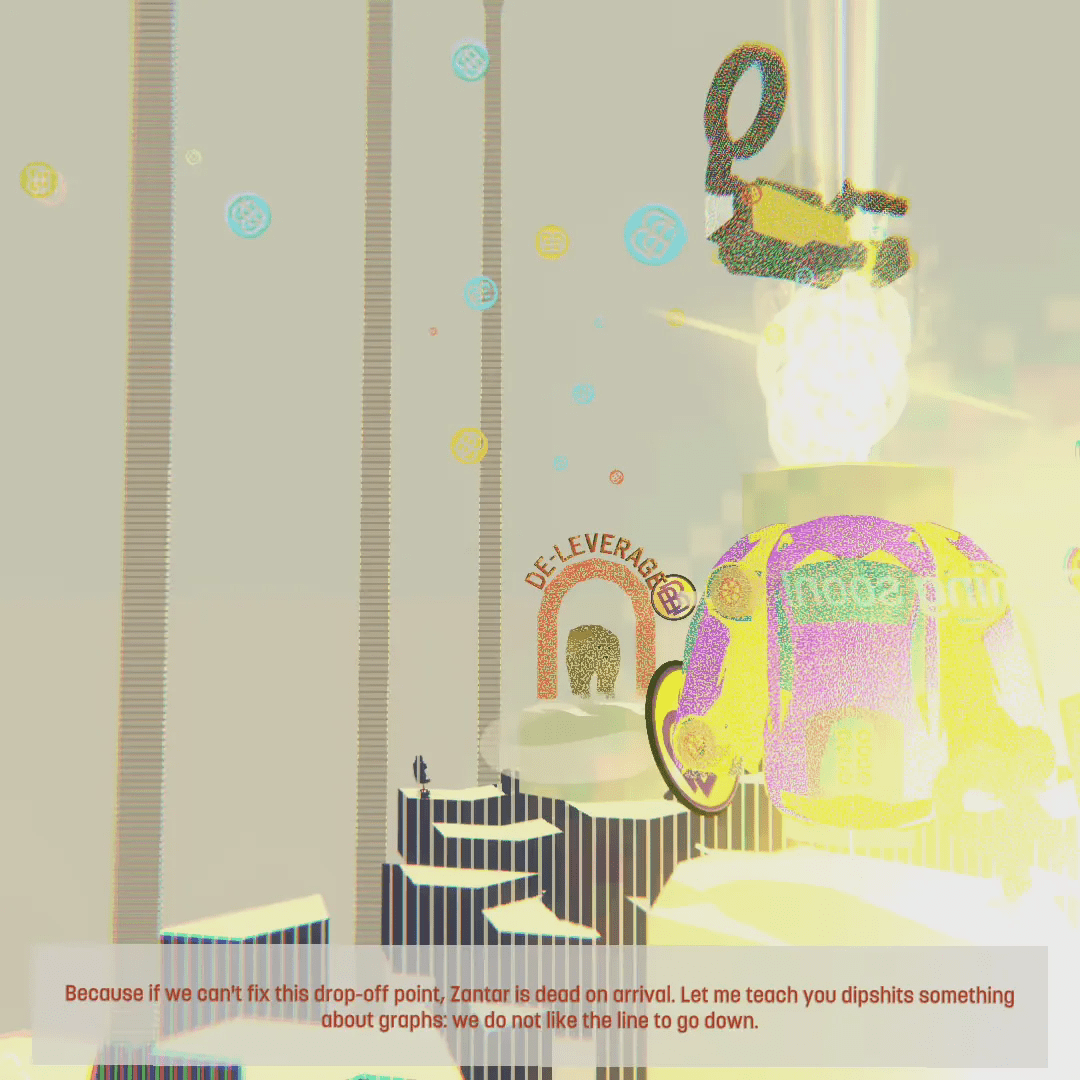
OpenSea: What role does community play in your artistic creation? When creating new works, do you actively engage with the collector community you've built?
Mitchell F. Chan: My online presence is terrible; I find it hard to maintain the level of outrage needed to attract an audience on CryptoTwitter. Fortunately, over the past few years, I have had ample opportunities to meet some members of the digital art community in real life and have met some of the most excellent, curious, and interesting people I know. I probably have 13 followers, but each of them is fantastic.
OpenSea: What discussions do you hope this series will spark?
Mitchell F. Chan: I just hope people like it!

Content on OpenSea that you care about
Browse | Create | Buy | Sell | Auction

Follow the OpenSea Binance channel
Stay updated
